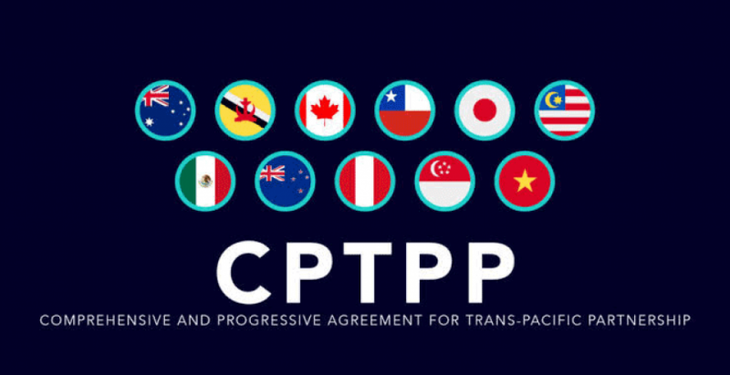(VOVWORLD) - Vietnam has tapped rather efficiently the Comprehensive and Progressive Agreement for Trans-Pacific Partnership (CPTPP) since it participated in the multilateral economic cooperation mechanism 3 years ago. Vietnam’s import-export turnover has grown steadily and set new records.
 (Photo: baoquocte.vn) (Photo: baoquocte.vn) |
Since joining the CPTPP, Vietnam has improved the quality of its institutions and commodities to meet the requirements of the agreement.
Statistics by the Vietnam Association of Seafood Exporters and Producers (VASEP) show that other CPTPP members like Japan, Canada, Australia, and Mexico are Vietnam’s major seafood importers. Vietnam’s seafood exports to Canada, Australia, Chile, and Peru have increased dramatically.
Le Hang, Deputy Director of the VASEP.PRO Center, said, “Vietnam has become the third biggest seafood exporter in the world. This means that Vietnamese businesses have made good use of import tariffs to create jobs and income for workers.”
“We predict that seafood exports will continue to increase in the coming years because Vietnam’s seafood processing industry is growing, thanks to modern processing technology, a skilled workforce, and import tariff advantages of EVFTA, CPTPP, and other trade agreements,” said Hang.
A report of the Ministry of Industry and Trade shows that the implementation of free trade agreements, including new-generation, high-standard FTAs like the CPTPP, helped Vietnam earn 670 billion USD from trade last year.
 Tran Thanh Hai, Deputy Director of the Import-Export Department (Photo: VNA) Tran Thanh Hai, Deputy Director of the Import-Export Department (Photo: VNA) |
Tran Thanh Hai, Deputy Director of the Import-Export Department of the Ministry of Industry and Trade, said, “We’ve recently seen impressive growth from the CPTPP region. Unlike the EU, Vietnam’s traditional export market, CPTPP members like Canada, Mexico, and Peru are our new export markets.”
According to Hai, “Since the CPTPP took effect, our exports there have increased dramatically, 18% with Canada, 44% with Mexico and 79% with Peru. Those figures show that our businesses have been making the most of the opportunities created by new-generation FTAs, particularly the CPTPP.”
Economists say new-generation FTAs like the EVFTA and CPTPP will continue to open up preferential tariffs, attract more investment, increase production capacity, and help exporters become more professional in the international market.
As a result, exports continue to be a bright spot in the economy thus ensuring jobs for workers and engaging Vietnam more in the global supply chain.
To maximize the CPTPP’s benefits, businesses and state agencies need to make greater efforts while institutions and the legal system should be reformed and improved to comply with international practices.
Le Anh Duong, Head of the Research Department of the Central Institute for Economic Management, said, “The CPTPP has strong commitments in terms of e-commerce, customs, and technical barriers.”
“Vietnam benefits the most from institutional reform, so there’s no reason for Vietnam not to reform its institutions in line with the CPTPP’s requirements. Reform takes time and its results may not be seen immediately,” said Duong.